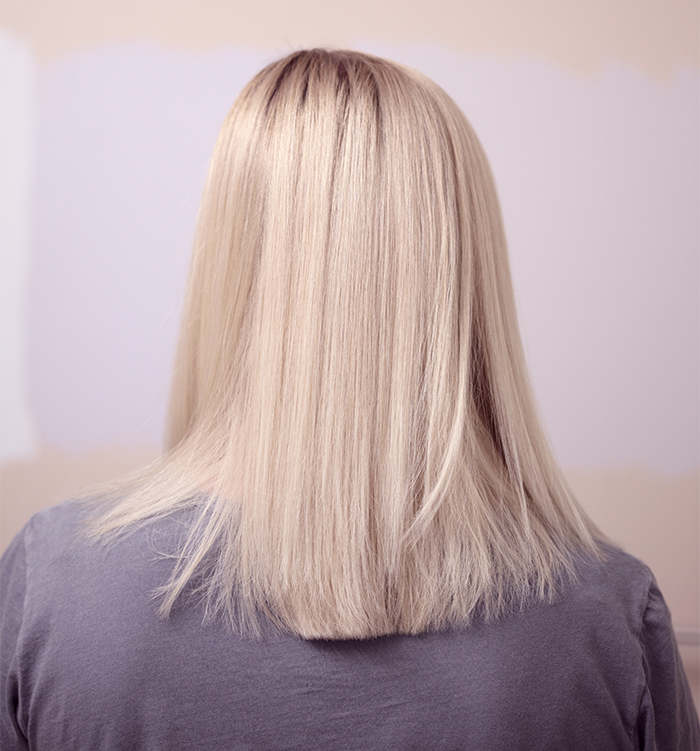
Photo by Sharon McCutcheon/Unsplash
As a curly, coily, or wavy, odds are you’ve spent a decent amount of your early years trying to make your hair straight. But beauty standards impact all women and those with naturally straight hair, believe it or not, spend just as much time attempting to bring some volume and texture to their linear tresses.
Can you make hair curly?
One of the most common ways to add curl is with heat, or thermal, styling (curling irons”>. For a time, perms were very popular and seem to be making a comeback; much like chemical relaxers, perms irreversibly alter the chemical structure of your hair, but instead of straightening your hair, they add waves or curls.
Products that can help make hair curlier
Unlike a chemical treatment, thermal styling is temporary. So a lot of work is required on a daily basis to maintain the style.
Anthony Dickey, owner of Hair Rules, a New York City salon that caters to multiple textures, and author of Hair Rules! The Ultimate Hair Care Guide for Women with Kinky, Curly, or Wavy Hair, says that his favorite product to help add curl or volume is mousse.
“Generally, people with straight hair have flat hair and the foundation for curly hair is volume,” said Dickey. “There are a lot of ways to add volume on straight hair, but mousse is the best way to go. It helps to reinforce and give more fluff to the hair.”
Pin curlers, hot irons, and hot/steam rollers are all good options. Dickey says he prefers hot rollers, with sponges or foam, because the result is a more feathery curl.
To keep the curl, you’ll have to put in some work, like putting your hair back in pin curls at night. One thing Dickey encourages is embracing the frizz.
“After three or four days, your hair will get frizzier and bigger, so that adds a little authenticity,” says Dickey.

Heat damage
Our straight-haired sisters must also worry about heat damage. According to Dr. Alin N. Syed, a research chemist and founder of the hair care product company Avlon Industries, the scorching point of hair is estimated at between 380 to 400 ℉. The recommended setting for heat appliances is between 200 and 300 ℉.
Dickey says a sure sign of heat damage for those with textured hair is straight limp locks that don’t curl back up with a wash. With straight hair, it might look okay, but your hair will begin to break off because the hair shaft is weak.
Going natural
But despite using the correct temperature, using heat protectant and conditioning regularly, heat damage can still occur. It might seem odd to use the term “natural” for someone with straight hair, but it is very much appropriate. Accepting and learning how to take care of your hair, without trying to make it be something it’s not, can be a liberating experience. The first step is consulting with a stylist to choose a flattering cut.
“Use layers to create volume for face framing, on the crown area, and for movement at the bottom,” says Dickie. “And this goes for long, medium, or short hair (except for pixie cuts, then it’s all about layers”>. The goal is to add movement, without being over-layered, so the hair isn’t just laying there.”
So one answer to the question, “How do I make my hair curly?” is to maybe consider not making it curly at all and finding ways to make it look awesome in all of its natural glory.
